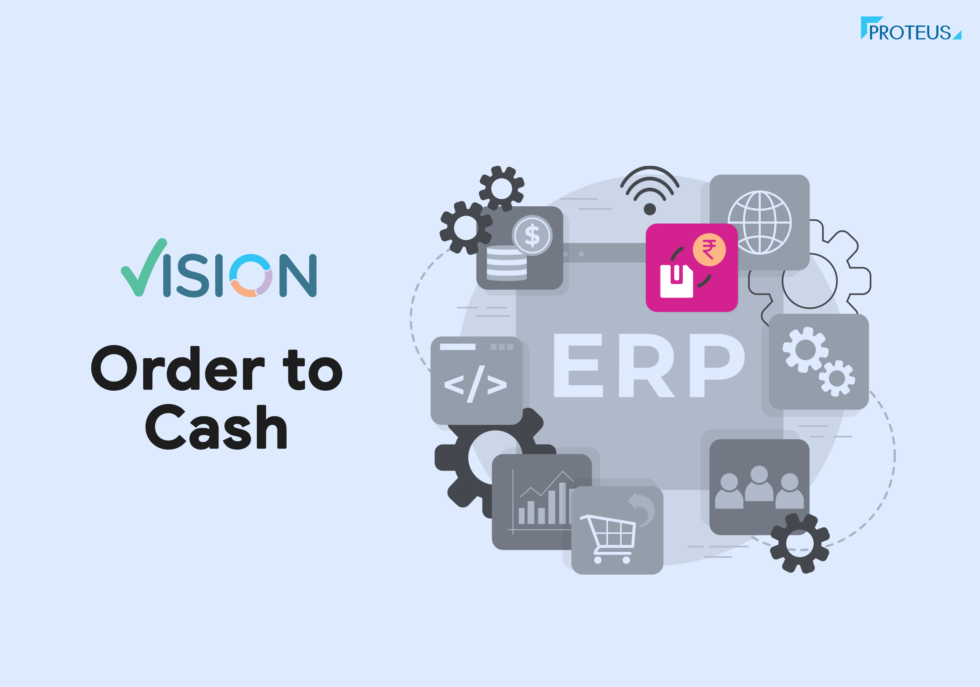

The order-to-cash cycle starts with receiving a sales order executing the order and getting the payment against it.
The sequence of events is as follows :
1. Capturing the order along with the details of the items, quantities, rates, delivery terms, etc
2. Running a credit check for the party/order, before starting execution of the order. This would involve checking the status of the customer. What is the outstanding of the customer, whether the order is within limits? Checking for overdue payments and in such a scenario, should the organization go ahead with the supply of goods. Checking if the customer has been blacklisted by the organization for any other reason.
3. Once the order has been accepted, you check if there is sufficient inventory, else the order will be considered for the next planning cycle.
If the inventory is available then dispatch the goods to the customer, else wait for the goods to be manufactured, and then dispatch them to the customer. On dispatching the inventory will be reduced from the system.
4. Raise the invoice based on the material dispatched. There is a chance that the order has been partially executed, based on the inventory available. In such a case the order remains open for further dispatches. If the order is fully executed then it is closed.
The invoice is raised based on the material dispatched. There could be multiple invoices against an order. Ideally, it is one invoice against one dispatch.
The invoice is due based on the credit terms.
Collection against invoice comes in as per the terms. If the payment is delayed, the customer may be flagged for delayed payment and that may come up as a point in the credit check against the next order from the customer. In case of a delay in payment, the customer may be charged interest.
5. A good ERP system will automate many of the above steps. Of the above, what is it that you can expect from your ERP? Given below is the detailing of how this can be well handled by an ERP system.
6. Order capturing can be done from anywhere on any handheld device wherein only the item and quantity have to be entered. This data may be transferred to the customer to be converted into a purchase order.
7. On confirmation of the order, the system should run a credit check on the customer, wherein it would check for any black listing, outstanding payments against outstanding limits defined, and any overdue payments. Besides this, if there are any other parameters to check if the customer order should be executed or not, considering the fact – will timely payment be made against the order?
8. Once the stock is available, the dispatching against the order should be on a single click wherein the system picks up the material available on a FIFO basis and creates the dispatch and the invoice along with it. Based on the quantities, the order may be partially dispatched or fully executed and closed by the system.
When the payment is received, all the open invoices against the customer should be shown, and a way to automatically adjust on a FIFO basis based on the due date of the invoices. If the payment is delayed, based on the credit terms a debit note for interest would be raised.
There are many cloud ERP solutions available today and besides checking what best suits your requirements, you must give weightage to the automation of processes. Finally, it saves a lot of effort as it reduces the time to run such processes manually and also eliminates human error to that extent.